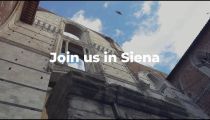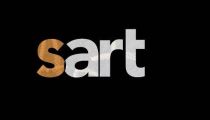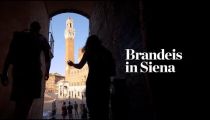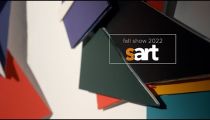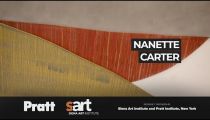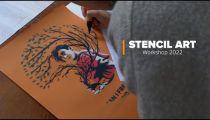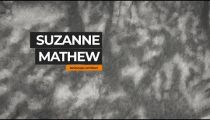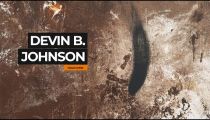Venti Trasversali (Crosswinds) Exhibit by Ellen Driscoll at the Fisiocritici Museum

Ellen Driscoll: Venti Trasversali (Crosswinds)
Museo di Storia Naturale dell’Accademia dei Fisiocritici
Piazzetta Silvio Gigli, 2 - Siena (SI)
16.11.2016 - 31.1.2017
(clicca qui per testo in italiano)
On Occasion of the International Day of Tolerance
Exhibition preview (by invite) 11 November 5:30 pm with artist present
Inauguration 16 November 5:30 pm
An exhibition of works by New York artist Ellen Driscoll, created during her residency at the Siena Art Institute.
This series of drawings by the American artist began with an investigation into the historical process of making charcoal in Tuscany. Four indigenous trees—oak, chestnut, pine, and arbutus—are used in this ancient process.
Going beyond the use of charcoal for cooking and heating, Ellen Drsicoll was interested in how the material is now also used globally to extract toxins—from earth, from people—as a healing corrective.
In her drawings presented in this exhibition, the artist represents these filtering properties of charcoal with molecular sieves. For example, in one drawing maps of countries appear to be caught in these molecular filters . In another drawing, this molecular structure becomes an indirect reference to the decorative tiles of the Siena cathedral floor.
While thinking about the healing and filtering properties of charcoal, the artist was led to reflect on an even more complex phenomenon: migration. In Italy, Ellen Driscoll was interested in the Albania migrations of the early '90s, which led many to find employment in the agricultural sector, also involving them in the charcoal production process.
The result is a circular reflection: charcoal, used to heal people, was created from native plant species; today is it produced by the labor of migrants from neighboring countries, amidst an ecosystem of many plant species which have come from elsewhere.
With these and other more recent migration events as a backdrop, some of Ellen Driscoll's drawings create a matrix in which the indigenous plant connected to charcoal production is combined with a plant that has arrived from another country and taken deep root, adapting to its new ecosystem.
In some cases, as for the wisteria depicted in one of the drawings, we know how the plant arrived in Europe. In other cases, however, such as the wildflowers that grow at the Siena railway station, the plants may have arrived as seeds dropped by birds or transported in the soles of shoes that have crossed borders.



